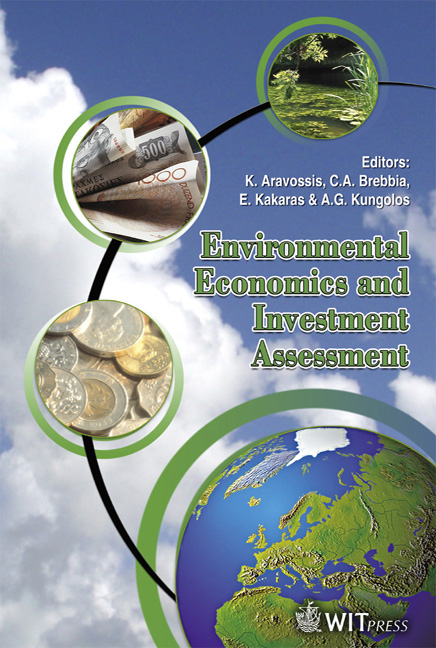Environmental Costs Of Hydropower Plants
Price
Free (open access)
Transaction
Volume
98
Pages
10
Published
2006
Size
343 kb
Paper DOI
10.2495/EEIA060161
Copyright
WIT Press
Author(s)
T. Komatsu, H. Gotoh & M. Takezawa
Abstract
The balance between human activity and the environment has been destroyed for some time because of rapid development in all parts of the world. The coexistence of development and the environment is achieved by technical and economic approaches. The technical approach takes into account such factors as air pollution measures, conserving energy, and recycling resources, while the economic approach accounts for the costs of environmental disruption and providing safeguards such as wildlife conservation and management plans. The economic development of Japan in the 1950s required substantial electric power. As a result, environmental and industrial pollution increased. The economy of Japan reached a new high in the 1960s, and the generation of electric power was overtaken by thermal power; which in turn was superseded by natural gas and atomic power following the energy crisis of the 1970s. The Japanese economy was depressed during the 1990s, but has recently shown signs of a gradual recovery. Accordingly, the demand for electric power has increased over recent years. The energy sources that will replace oil in the future are atomic power, natural gas, and wind power. Hydropower stations discharge only minor carbon dioxide, and are therefore better for the environment than atomic and natural power stations. The environmental cost of the development of hydropower stations is discussed in this paper. Keywords: hydropower station, environmental cost, environmental consumption tax. 1 Introduction Prior to the industrial revolution, societies made good use of natural energy resources such as wind, water, and fire. Coal was used as the primary energy
Keywords
hydropower station, environmental cost, environmental consumption tax.





